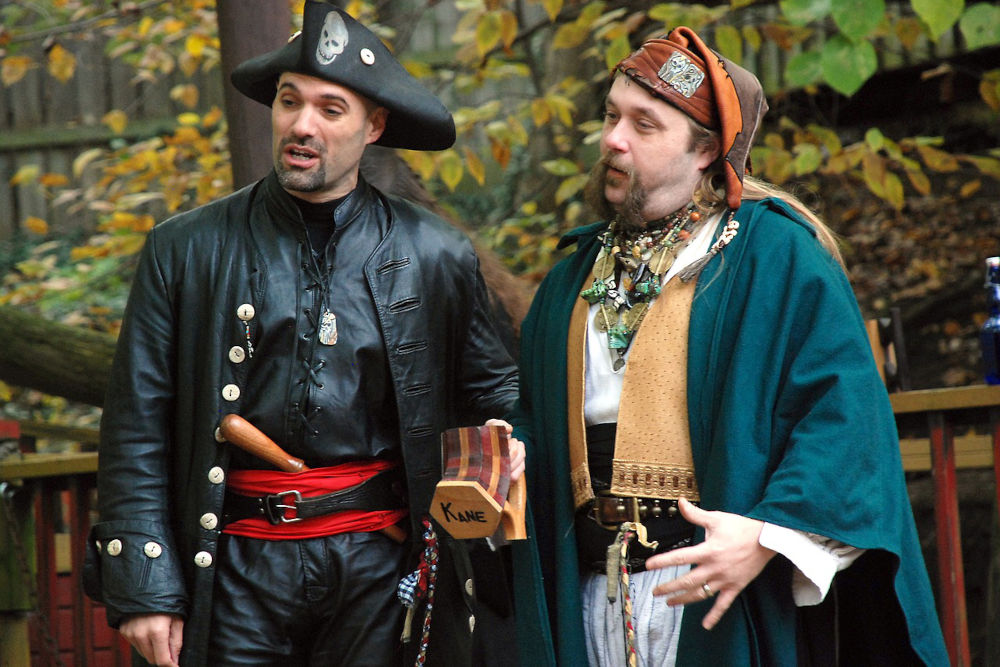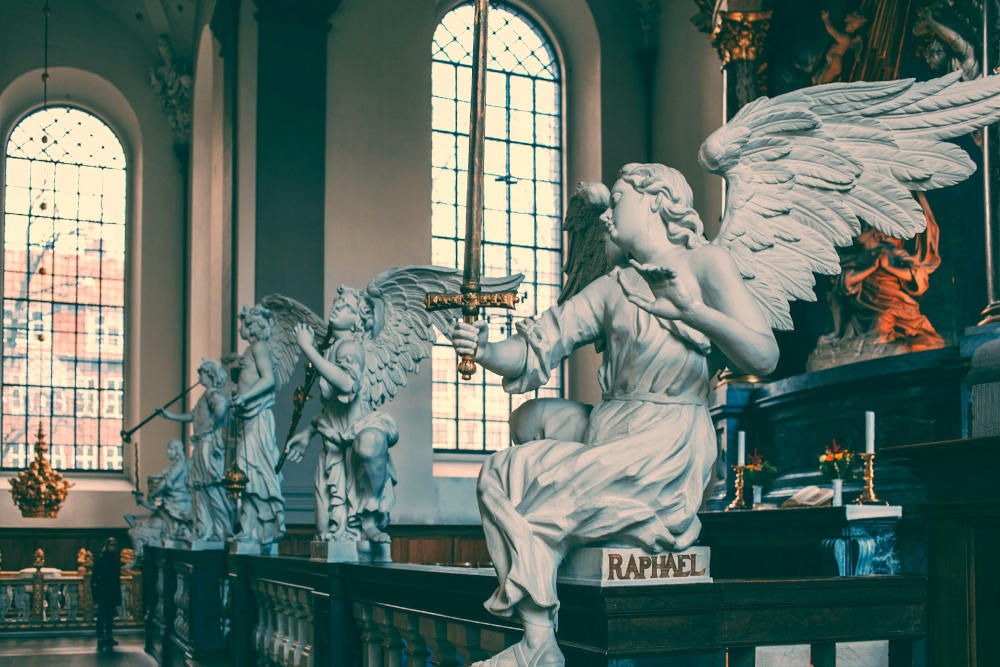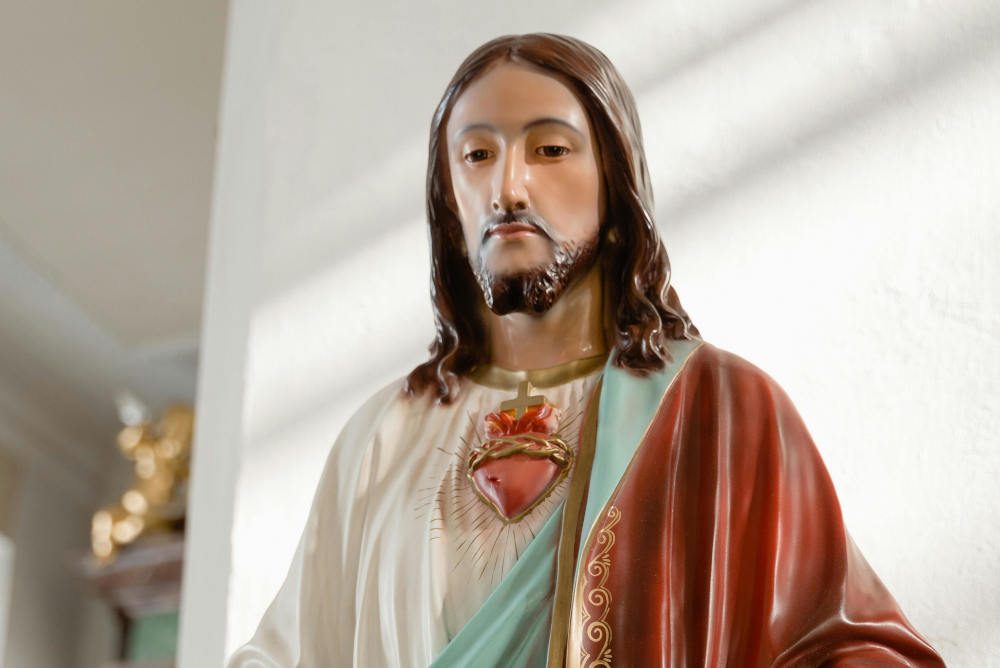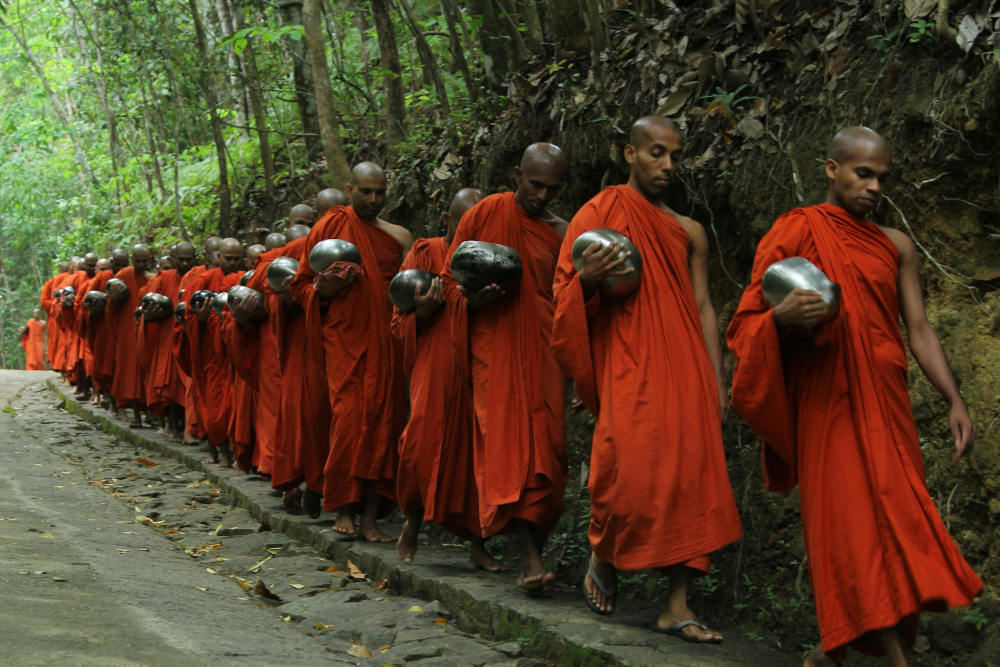
Pirates have been around for centuries. They took quantities of grain and olive oil from Roman ships and endangered the trade lines of ancient Greece. Their characters have inspired movies, books, and legends throughout the years.
When we think of a pirate, the image that typically comes to mind is a rugged, weather-beaten figure with a menacing presence. He might wear a tattered tricorn hat and have a bushy beard, possibly with a scar on his face. An eyepatch covers one eye, and a gold earring dangles from his ear. His attire is a mix of frayed, worn-out clothes, including a long coat, often adorned with a belt holding a knife or flintlock pistol. The pirate's expression is usually of defiance and adventure, embodying a life of lawlessness on the high seas.
So, is this how pirates actually used to dress and behave? Let's find out!
Panaprium is independent and reader supported. If you buy something through our link, we may earn a commission. If you can, please support us on a monthly basis. It takes less than a minute to set up, and you will be making a big impact every single month. Thank you!
Why Do We Like Dark Characters

Despite pirates' illicit nature and activities, according to Steve Rose, human beings are fundamentally oriented toward pursuing meaning, even in the face of adversity.
Dark characters are rarely one-dimensional; rather, they frequently have a warped moral compass that serves as a justification for their behavior. Krause (2023) published a paper in the Psychological Science journal where he explains how moral ambiguity creates a psychological space where the villain rationalizes their deeds, believing their malevolent acts serve a greater purpose.
Therefore, pirates are a true example of romanization and becoming heroes.
What Did Pirates Wear In The Past

There is no evidence that pirates ever wore clothing particularly different from the age they lived in. World History Encyclopedia tells us that their clothes were practical and comfortable while on board and usually more extravagant when ashore.
Most conceptions of what they wore are based on fictional works such as Robert Louis Stevenson's 1883 Treasure Island.
It is true, however, that pirates loved wearing bright and distinctive clothing and accessories, especially during the Golden Ages of Piracy, 1690-1730.
Captains Dress To Impress

A long coat, purchased on shore or acquired from a wealthy captive, was a broadly used attire for pirate commanders. It had large cuffs buttoned back and an amazing assortment of buttons up front.
Captains would wear a tricorn hat, potentially with feathers or a gold accent, to denote rank.
Jewelry, such as gold rings or a large, ornamental earring, and a spyglass or compass might complete the outfit, along with the occasional addition of a cloak or cape for extra flair.
Shirts Were Essential

Pirates typically wore simple, practical shirts suited for the harsh life at sea. These shirts were made of reasonably priced materials, such as cotton or linen. The shirts were loose-fitting with long, billowy, or rolled-up sleeves, allowing for ease of movement during physical tasks.
The shirts often had an open, collarless neckline, sometimes laced up with a drawstring or ties, but more commonly left open to help with ventilation in the hot, humid environment of the sea.
Check out our selection of ethical clothing brands that offer cheap and eco-friendly organic cotton shirts for men and women.
Jewelry

Pirates loved jewelry because it reflected their plundered wealth and a desire to flaunt their rebellious lifestyle. They would wear layered necklaces, pendants or charms, and numerous bracelets altogether, combining function with a bold display of defiance and wealth.
Gold or silver hoop earrings were a staple among pirates.

Pirates often wore gold or silver rings, often set with gemstones. Rings were a portable form of wealth, easily traded or pawned, looted from captured ships.
Find the 10 Best Ethical Jewelry Brands that use recycled materials here.
Which Colors Did Pirates Prize

Pirates favored practical garment colors for life at sea and symbolized their rebellious and bold nature.
Black, for example, was a favorite color to convey death, danger, and the fearsome reputation pirates sought to project, while red represented aggression and defiance.
Gold is another preferred color associated with wealth and plunder, and purple, navy blue, and emerald green were used for jackets and coats to craft extravagant looks.
Trousers

Pirates preferred loose-fitting trousers and bell bottoms as they could easily roll them up for cleaning the decks, scaling the rigging, or wading ashore.
Pirates' pants were typically in practical, muted colors suited for the rough conditions at sea. Colors included browns, tans, and grays, which were easy to maintain and hid dirt and wear effectively.
Find out the 10 Best Sustainable Bell Bottoms And Flare Leggings here.
Hats And Wigs

Contrary to almost all depictions, tricorn hats were not as common as we have seen them in movies and novels. Pirate captains wore tricorn hats ashore. They were unsuitable during sailing due to the strong winds across the sea.
Pirates wore hats, but they were usually reserved for cold weather and were tight-fitting caps made of warm fabrics that did not get blown off in high winds. Find affordable and sustainable hats and beanies here.
Without a doubt, the wig was a stylish component. Given pirate captains' reputation for flair and luxury, they tended to wear longer black or white wigs and adorned their ends with vibrant ribbons.
Crew Jackets And Outwear

Pirates wore short, warm jackets to protect them from cold, wind, and humidity. They would fit well and lack tails that could restrict their agility or tangle with ropes.
These jackets were constructed from a thick, grey, or blue fabric highly resilient to the sailors' regular tasks.
Discover our collection of stylish and recycled jackets here.
Breeches

Breeches were knee-length pants typically worn snugly and fastened just below the knee with buttons or ties. Sailors and pirates often wore these pants due to their comfort, practicality, and durability for the demanding work on a ship. Breeches paired perfectly with long stockings and sturdy shoes or boots.
The modern alternative to breeches would be capri pants or knee-length leggings. These garments are similar in that they are shorter than full-length pants, typically ending just below the knee, and offer a comfortable fit, allowing flexibility and ease of movement.
Stockings

During the cold months, pirates wore long or knee-length stockings under breeches or trousers. The stockings were usually in neutral colors like black, gray, or brown, but striped stockings were also very common.
Here is our selection of the best affordable and organic sock brands that sustainably craft various styles of socks.
Did Pirates Wear Leather?

Leather was a valued material for some apparel and equipment because of its reputation for durability and protection.
For example, pirates wore leather belts to put weapons like cutlasses, pistols, and daggers. Boots and shoes were also made of leather.
Leather is much more common among the pirates today. Today's pirates love wearing real or faux leather items, coats, trousers, and gloves due to their carefree and rugged appearance.
Bandanas and Scarves

Pirates often wore bandanas tied around their heads to protect themselves from the sun, sweat, and sea spray.
Also, pirates wore scarves or bandanas around the neck to protect against the sun, wind, or cold. In addition to making a fashion statement, a scarf wrapped loosely around the neck served as a temporary bandage or mask.
Today, while real pirates are rare, bandanas and scarves are still associated with the pirate image in popular culture. See our picks for the most affordable, environmentally friendly, and cute bandanas and headbands here.
Footwear

You cannot imagine a pirate captain without his bucket-top boots. Boots were a representation of the upper class, who often wore them indoors, with or without spurs. The boots were knee-high, very similar to the riding boots we know today, and captains wore them ashore paired with long coats.
Check out our selection of the best affordable, sustainable, and vegan long knee-high boots made under the highest social and environmental standards.
Onboard ships, however, they are not the most practical footwear. The crew preferred to wear sturdy leather shoes to protect the feet and ensure grip on a wet deck.
Waistcoats

Pirates wore waistcoats, especially those more established or in positions of authority, such as pirate captains or officers.
The waistcoat was a sleeveless garment worn over a shirt and under a coat or jacket, and it was a standard part of men's fashion in the 17th and 18th centuries, including among pirates.
The modern equivalent of the waistcoat is the vest, so if you are trying to recreate a true pirate style, don't forget to include a vest in your ensemble. Find cheap, eco-friendly, and ethically made vests here.
Was this article helpful to you? Please tell us what you liked or didn't like in the comments below.
About the Author: Iana Jekova
What We're Up Against
Multinational corporations overproducing cheap products in the poorest countries.
Huge factories with sweatshop-like conditions underpaying workers.
Media conglomerates promoting unethical, unsustainable products.
Bad actors encouraging overconsumption through oblivious behavior.
- - - -
Thankfully, we've got our supporters, including you.
Panaprium is funded by readers like you who want to join us in our mission to make the world entirely sustainable.
If you can, please support us on a monthly basis. It takes less than a minute to set up, and you will be making a big impact every single month. Thank you.































0 comments